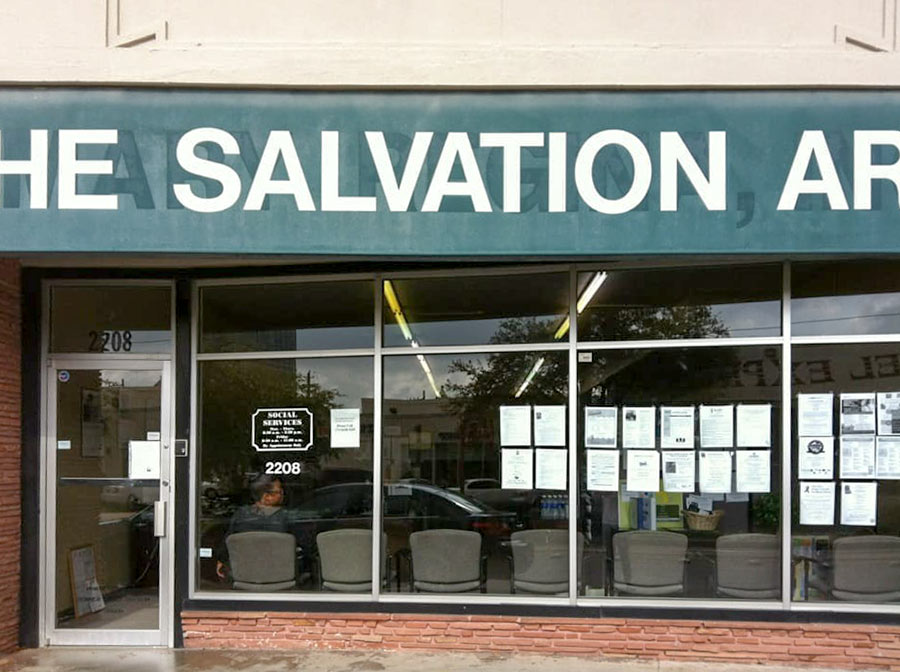

The lab wasn't surprised by our results because the industry has tight quality controls. “Not at all, and with the lower octane levels, you're actually getting a little better than what you're paying for." "No, no, not with those values,” Stockton replied. I asked Stockton, "As a consumer, do you feel you might be getting ripped off at all?" The premium gas, listed as 93 octane, came back slightly lower at all three stations, but all within the margin of error and safe for engines that need premium gasoline. The mid-grade, sold as 89 octane, tested slightly higher at all three locations, with the USA Gas selling 90 octane, instead of just 89 octane. The regular 87 octane actually did slightly better than we had expected, with the octane levels closer to 88 than 87.

GAS STATIONS WITH 93 OCTANE NEAR ME PLUS
The margin of error is plus or minus 0.4. They were all clean," said Patrick Stockton, the lab supervisor. "There was actually nothing in any of these. We were looking for a line separating the water from the gasoline, but our samples looked good. The testing for water and sediments was done at Clark Testing in Jefferson Hills. That's why we were anxious to get the results. "Thousands probably, if you damage the head, the pistons the valves, you're into big money," said Rauso. "Are you talking like hundreds of dollars worth of damage?" I asked. Over time, Rauso says an engine that requires 92 or 93 octane and is being run on less, will be damaged and will end up in the shop. He told me you might notice the engine knocking, but that doesn’t always happen, at least not right away. “You could run a high-octane car on a low-octane fuel and the computer will compensate for it pretty good," said Damon Rauso, a mechanic at Lockhart Tire on the North Side. I also talked to a mechanic who considers the wrong octane a silent menace.


 0 kommentar(er)
0 kommentar(er)
